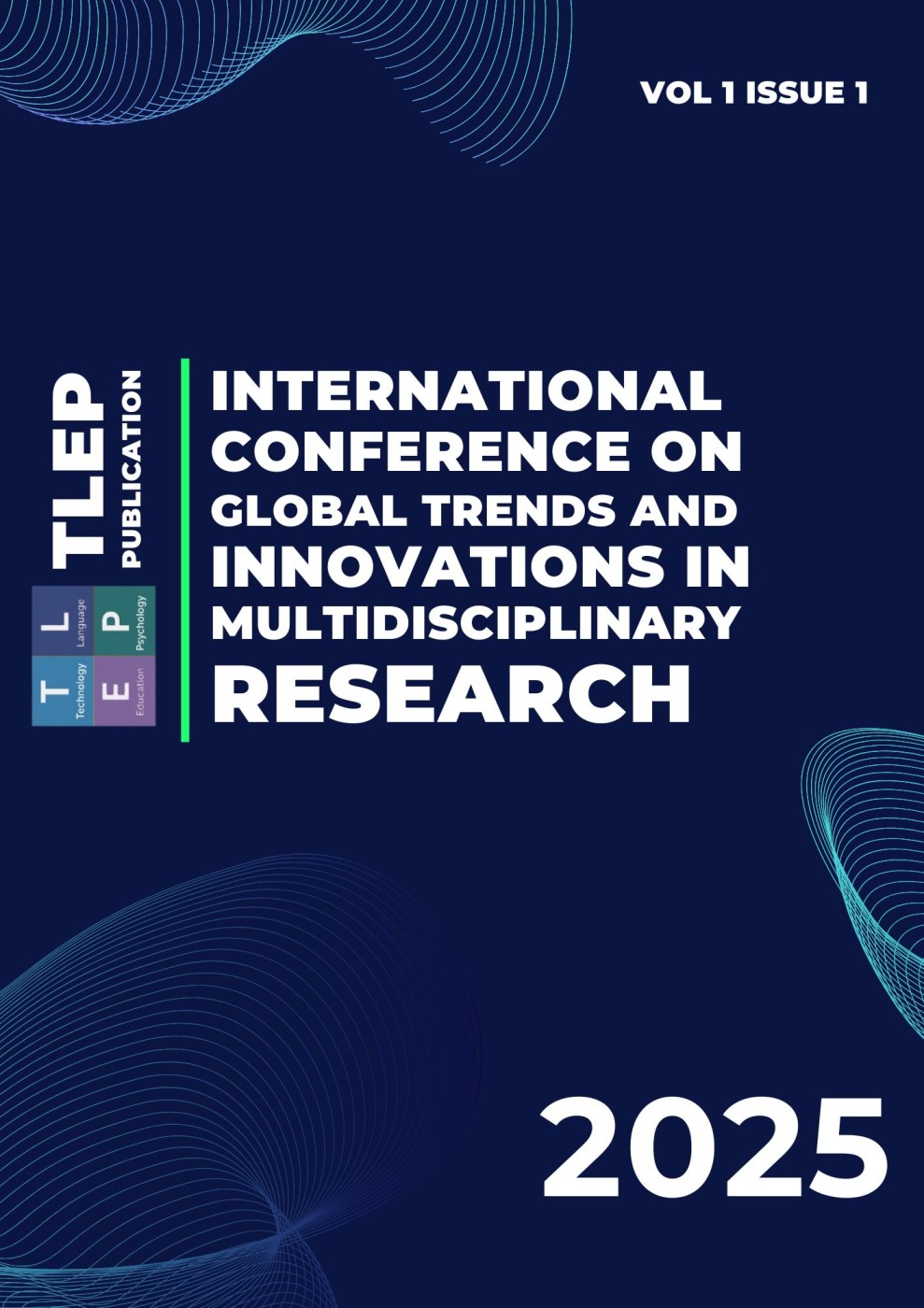The Role Of Bloom Taxonomy In Consistent Teaching Of English
Keywords:
consistency, innovative technology, Bloom's taxonomy, pragmatic competence, taxonomy stages, communicative competence.Abstract
Currently, higher education in Uzbekistan is going through a period of unprecedented changes. Undoubtedly, the main factor of these changes is the impact of innovative technologies on the educational process. Recognition of learning foreign languages as a priority direction of education policy in our country, improvement of the process of training future English language teachers, regular improvement of the quality and level of teaching foreign languages, in order to master the requirements for graduates that meet national and world standards.
References
Decision of the President of the Republic of Uzbekistan dated May 19, 2021 No. PQ5117 “On measures to bring the activity of popularizing the study of foreign languages in the Republic of Uzbekistan to a qualitatively new level. ” 5426736
Resolution No. 610 of the Cabinet of Ministers of the Republic of Uzbekistan “On measures to further improve the quality of teaching foreign languages in educational institutions”
Ikromkhonova F.I. Communication-cognitive corrective course theory and practice from English: kand.diss.-T., 2012.-157 p.
Аlimov F.Sh. Formation of writing competence in English (in the example of non-philological faculties): autoref.diss... (PhD). – Tashkent, 2018. – 44 p.
Bobojonova Y.I. The practical state of teaching English based on Bloom's taxonomy and advanced foreign experiences. Inter education & Global study journal, ISSN 2992-9024 (online) 2024, №9(1)
Krathwohl, D. R. (2002). A Revision of Bloom's Taxonomy: An Overview. Theory into Practice, 41(4), 212-218p.

